Perhaps no event has been mythologized more than the venture undertaken in 1620 by religious Separatists to form a new society in America. The Plymouth Pilgrims are one of the most significant groups of immigrants in history. They were English people who sought to escape the religious controversy and economic problems of their time by emigrating to America.
Many of the Pilgrims were members of a Puritan sect known as Separatists who broke away from the Church of England. They committed themselves to a life based on the Bible. Most of these Separatists were farmers, poorly educated and without social or political standing.
In order to escape harassment and religious persecution in England, the Pilgrims emigrated to Amsterdam in 1608, and just one year after the move to Leiden, where they could practice their new-found religion in freedom. After 12 years, the congregation voted to emigrate to America to found a new society. Unable to finance the costs of the emigration with their own resources, they negotiated a financial agreement with a prominent London iron merchant.
Although less than half of the group's members decided to leave Leiden, they hired The Speedwell, a small ship to carry them from the Netherlands, to Southampton, England, to meet up with The Mayflower to join another group of Separatists.
Both ships planned to sail together to Northern Virginia. After two attempts on this courageous journey, the most they covered was about 300 miles before the ships had to sail to Plymouth, England, for much needed repairs on the leaking Speedwell. Aggravated with the amount of time spent in the failure to make The Speedwell seaworthy a decision was made to transfer the cargo and many of the passengers to The Mayflower.
On September 6, The Mayflower set sail from Plymouth, England, and headed for America. The delay in the journey meant that many of the Pilgrims had already been living onboard ships for nearly 6 weeks. With 102 passengers, chickens, goats and dogs, the first half of the voyage went fairly smoothly, the only major problem was seasickness. Their living environment was dark and damp. Their food consisted of salted meat and biscuits and beer to drink. There was no fresh food or fresh water.
By October, they began encountering a number of Atlantic storms that made the voyage treacherous. With waves reaching more than 5 feet high, the westerly gales battered the ship, and the movement of the rolling and pitching took its toll on many of its passengers. Several times, the wind was so strong it was too dangerous to use the ship's sails so they drifted where the weather took them.
The Pilgrims intended to land in the area known as Northern Virginia, which at the time included the Hudson River in the modern State of New York. Due to bad weather and risking shipwreck in trying to reach their original destination, the Pilgrims decided to stay and explore Cape Cod and anchored in what is now Provincetown Harbour.
After experiencing an arduous journey crossing the Atlantic Ocean, they decided to begin construction on their plantation and buildings.
For around the next six weeks, the Pilgrims would send out many exploring parties, seeking out a suitable place to build their colony.
The Pilgrims started constructing their homes and storehouses in late December 1620, but only managed to get a couple built before and during the first winter.
In April 1621, The Mayflower sailed back to England. Not one of the passengers chose to leave with the ship. The surviving pilgrims had recovered their health and began planting native corn. By autumn they had started to prepare a few of their homes against the winter, so the Governor called for a festivity of their harvest, a Thanksgiving shared and celebrated.
During the next few years, several additional ships had arrived carrying passengers, including The Fortune in 1621, and The Anne in 1623. The Fortune brought mostly young men to contribute labour and The Anne brought many of the wives and children to the colony - many of the men had left behind their wives and children in England until the colony was better established.
The Conway Stewart Pilgrims pen pays homage to the Plymouth Pilgrims. A small group of people who had the passion to start a new Church and society, travelling thousands of miles by sea to live in a new place.
The Conway Stewart Pilgrim Limited Edition has been created using the art of airbrush and hand painting to evoke scenes from the history of the First Pilgrim settlers.
With depictions of the coastlines of both Plymouth, where the settlers first set sail, and the Massachusetts Bay where they eventually settled framing an ocean scene of the Mayflower at sail on the cap, the Pilgrim Pen is a beautiful work of art. Additional scenes of the Massachusetts Bay Colony are painted on the barrel, showing scenes from the everyday life of the first settlers.
Our renowned airbrush artist executes this artwork with painstaking care and attention to detail. The technique used allows for a combination of fine detail and beautiful, flowing spreads of colour.
Both cap and barrel of the Churchill model are accented with end caps of solid Ivory Casein, and the trim is a rich gold colour, putting the final touch to this miniature masterpiece.
As with all Conway Stewart writing instruments, the solid 18-carat gold nib is available in a choice of eight grades, from Extra Fine to Extra Broad, Italic Fine, Italic Medium and Italic Broad.
The Pilgrim Limited Edition uses the reliable cartridge converter filling mechanism and is packaged in our deluxe packaging.

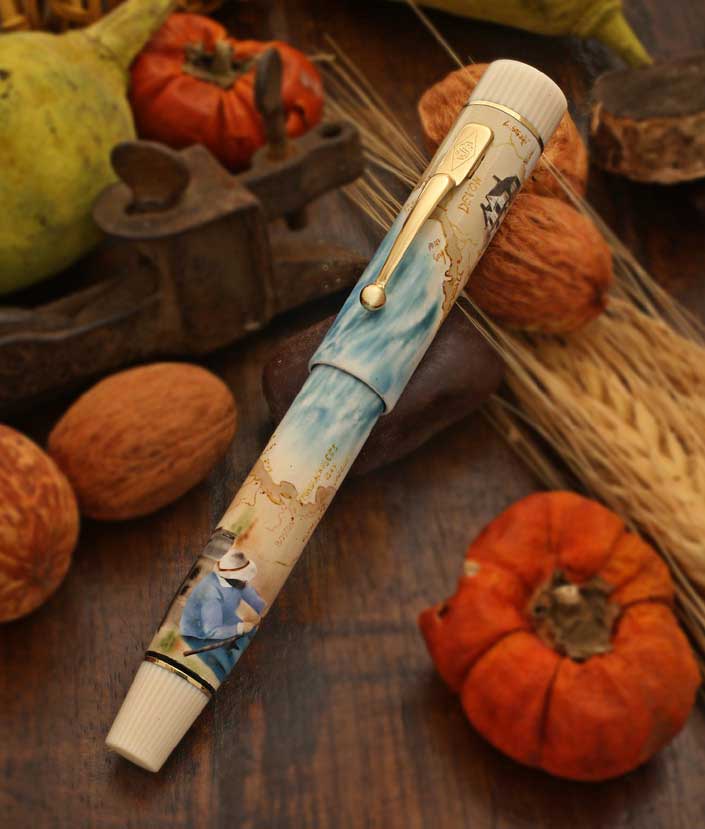
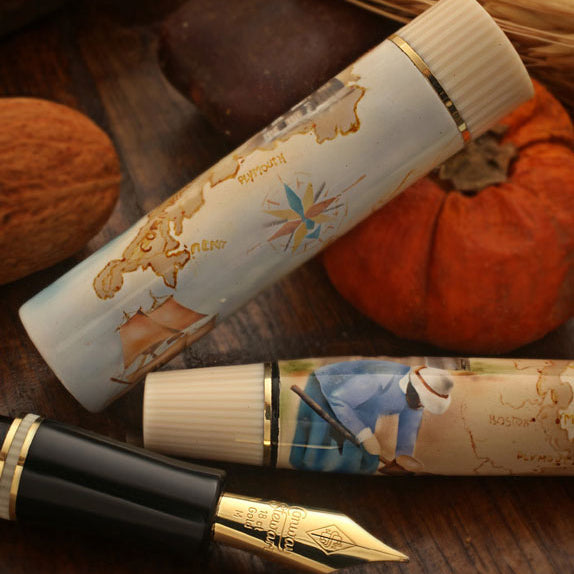


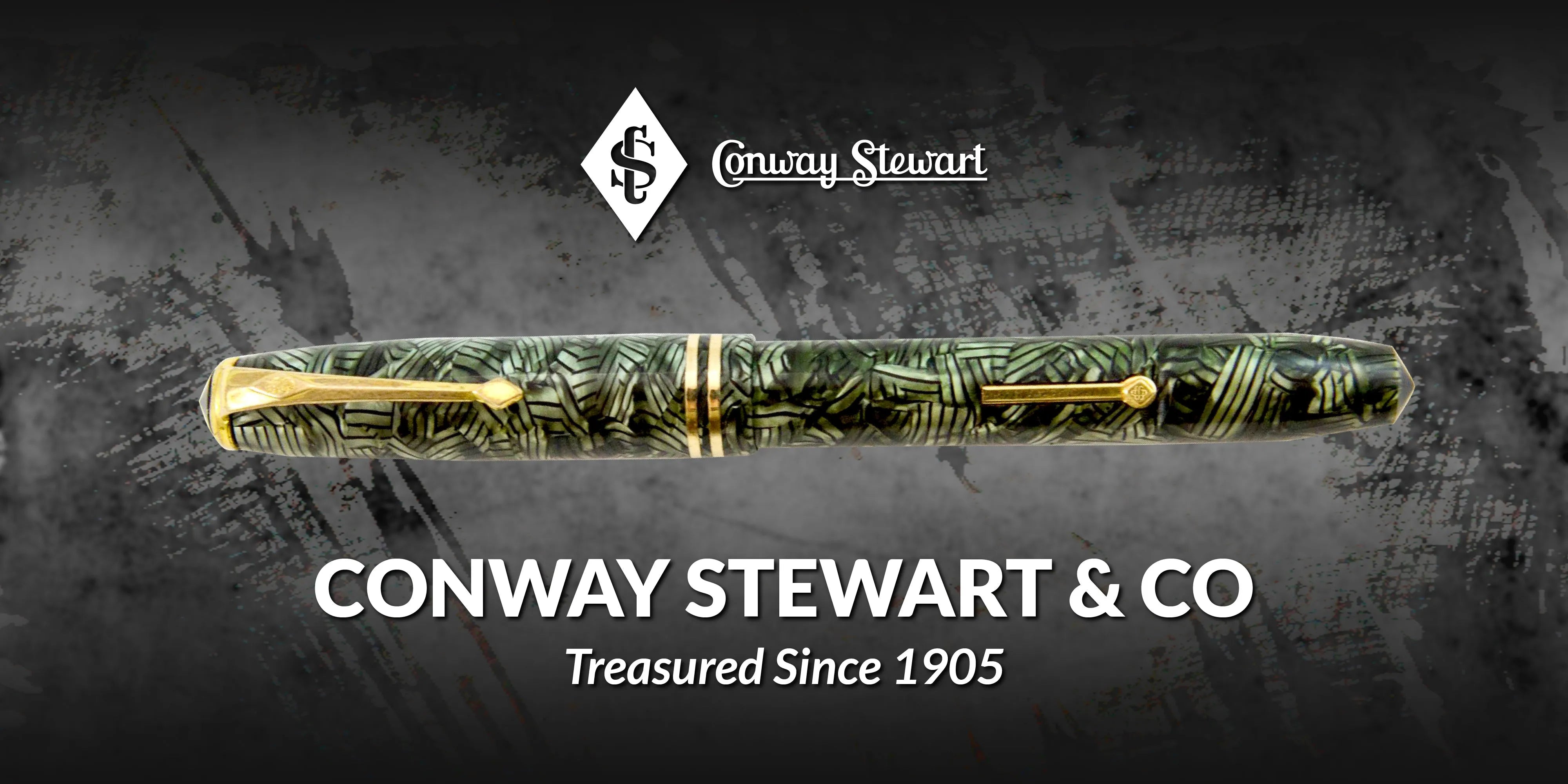
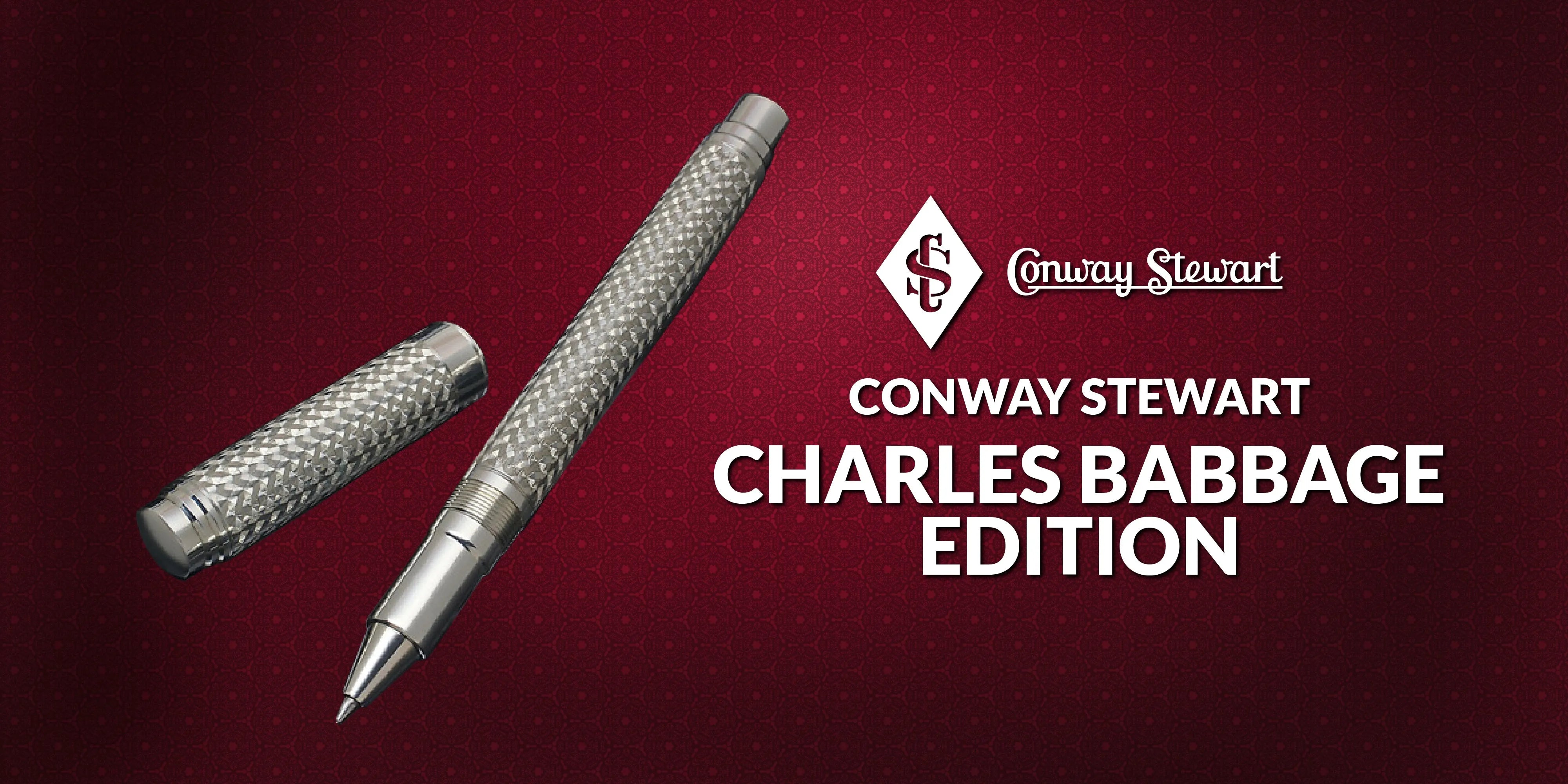

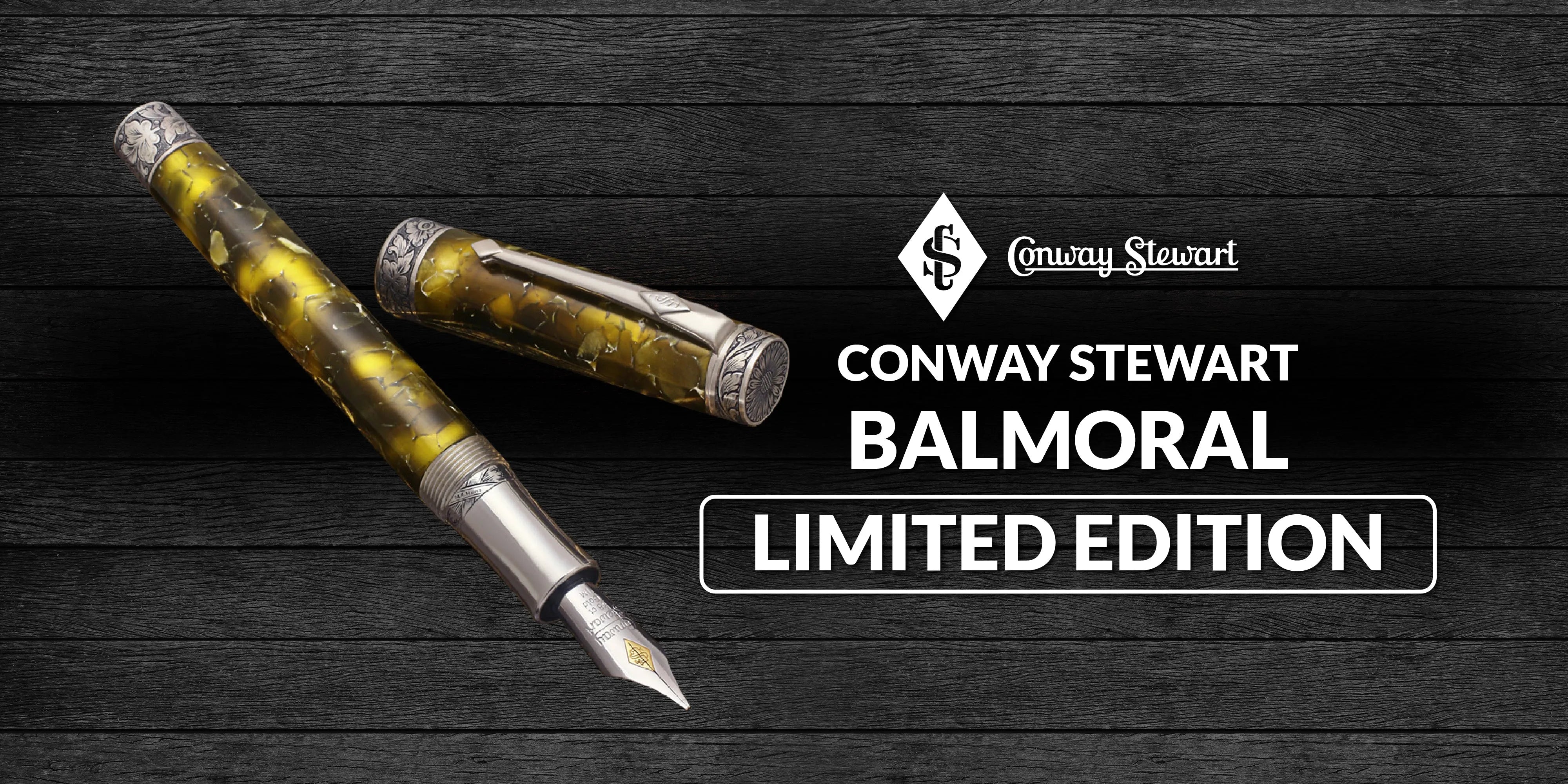

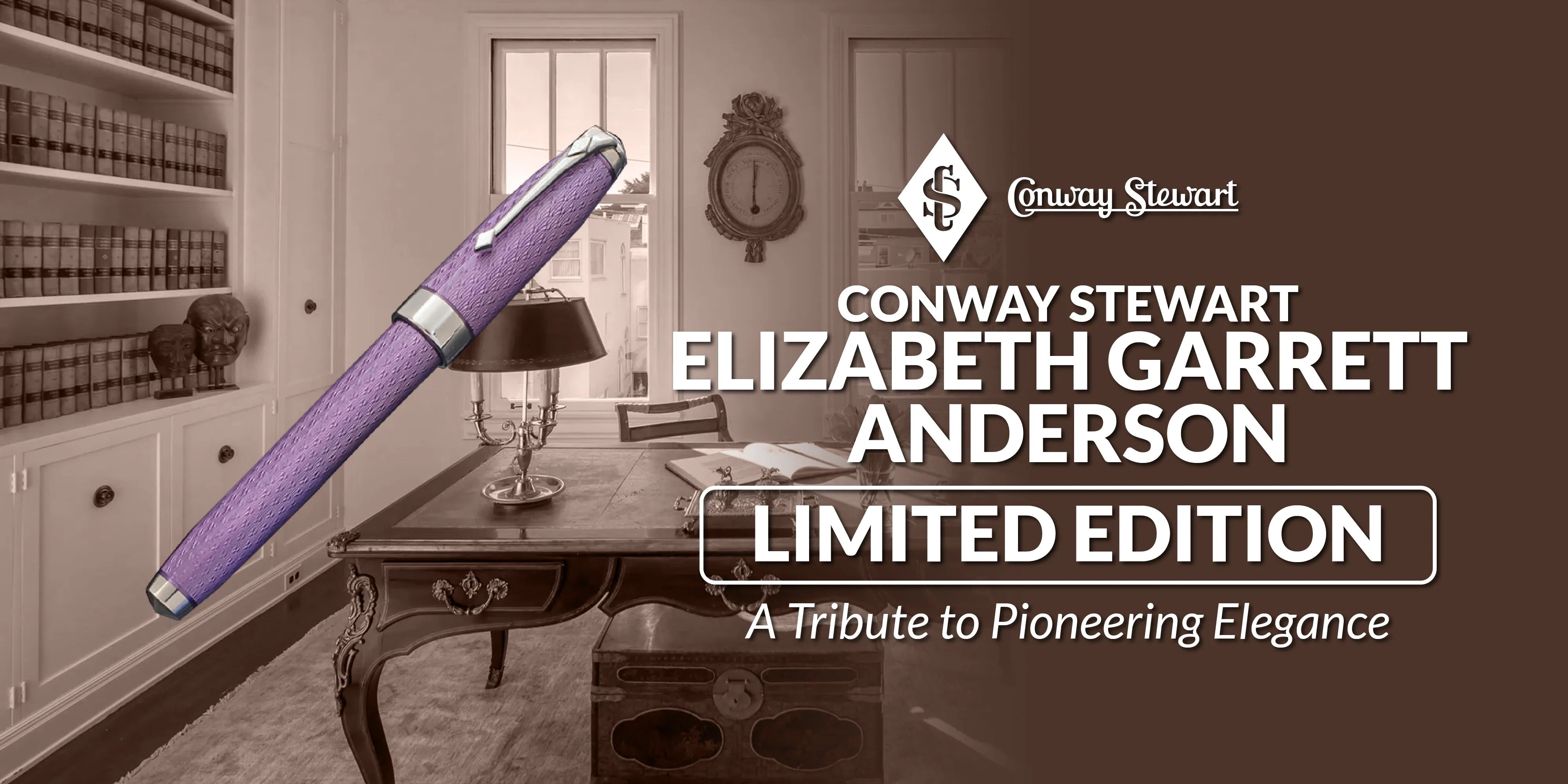


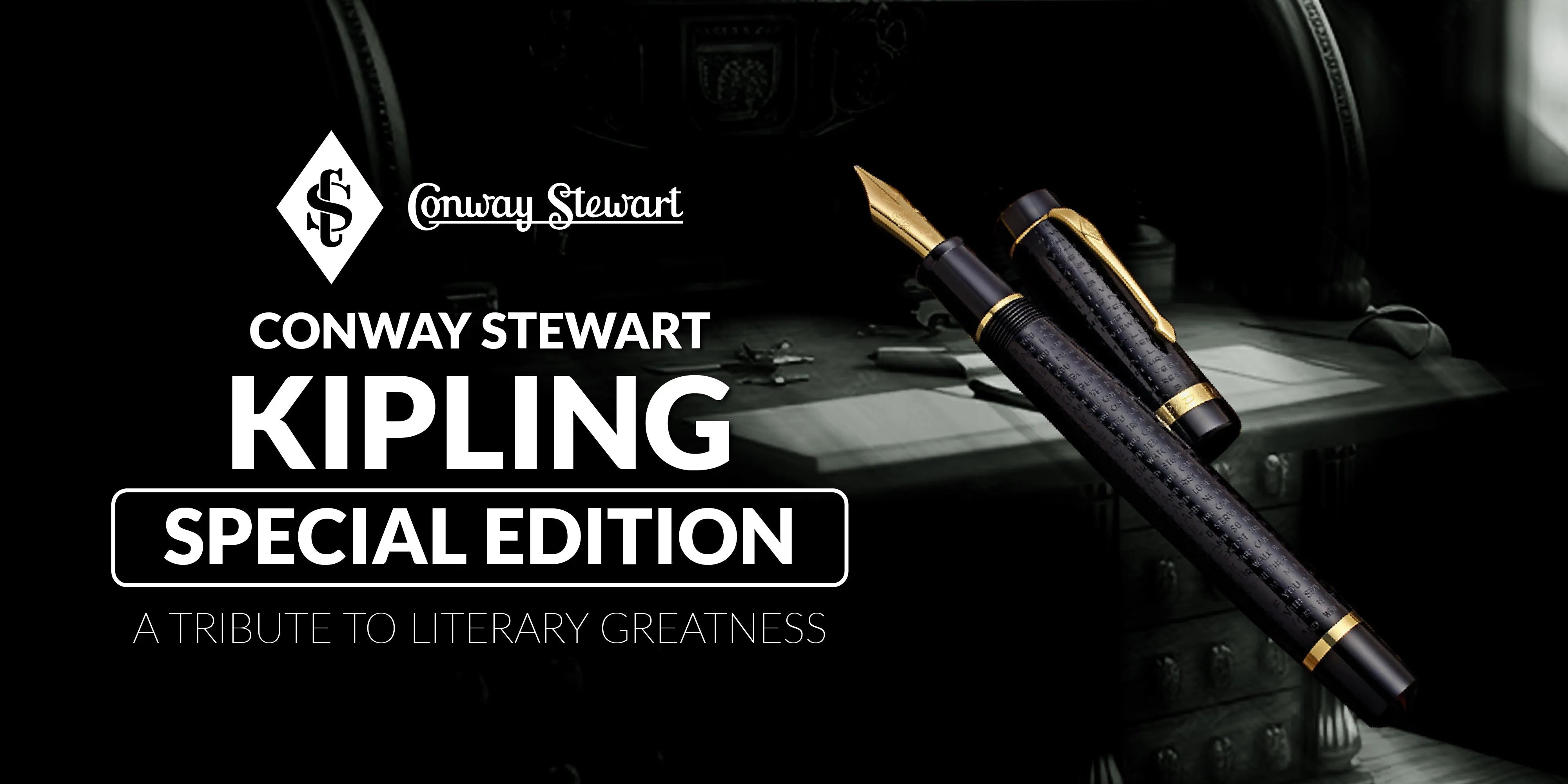
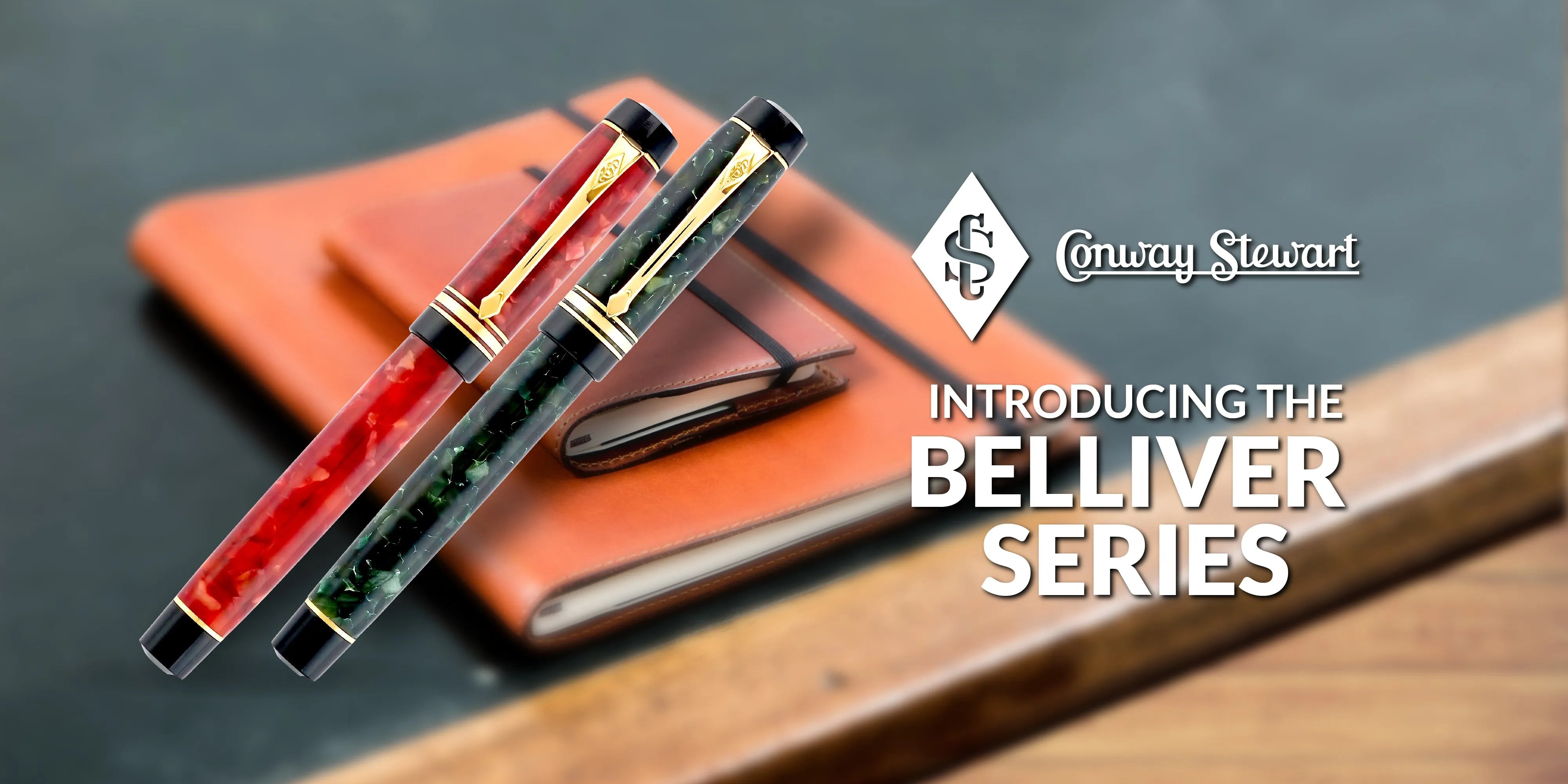
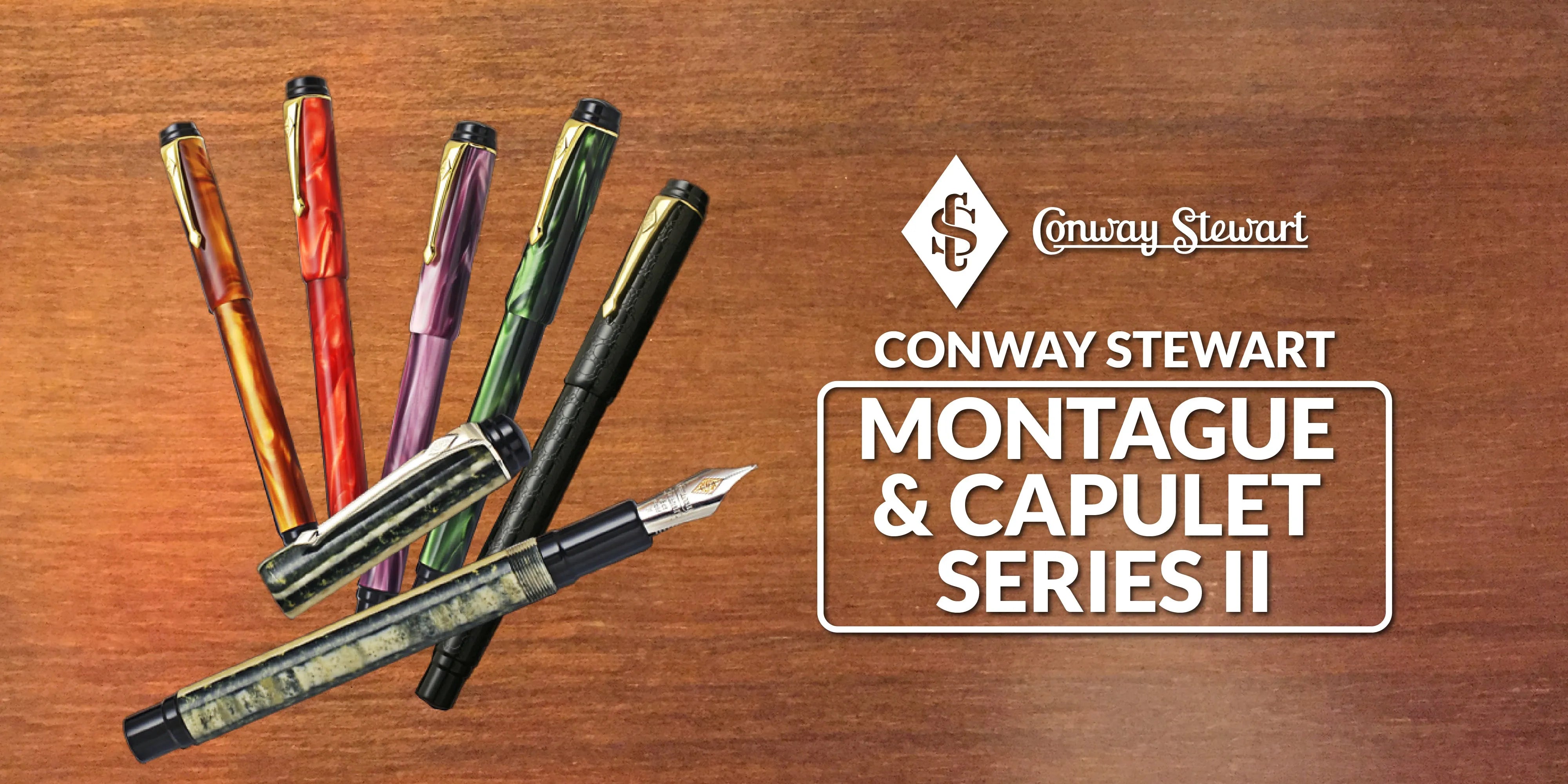
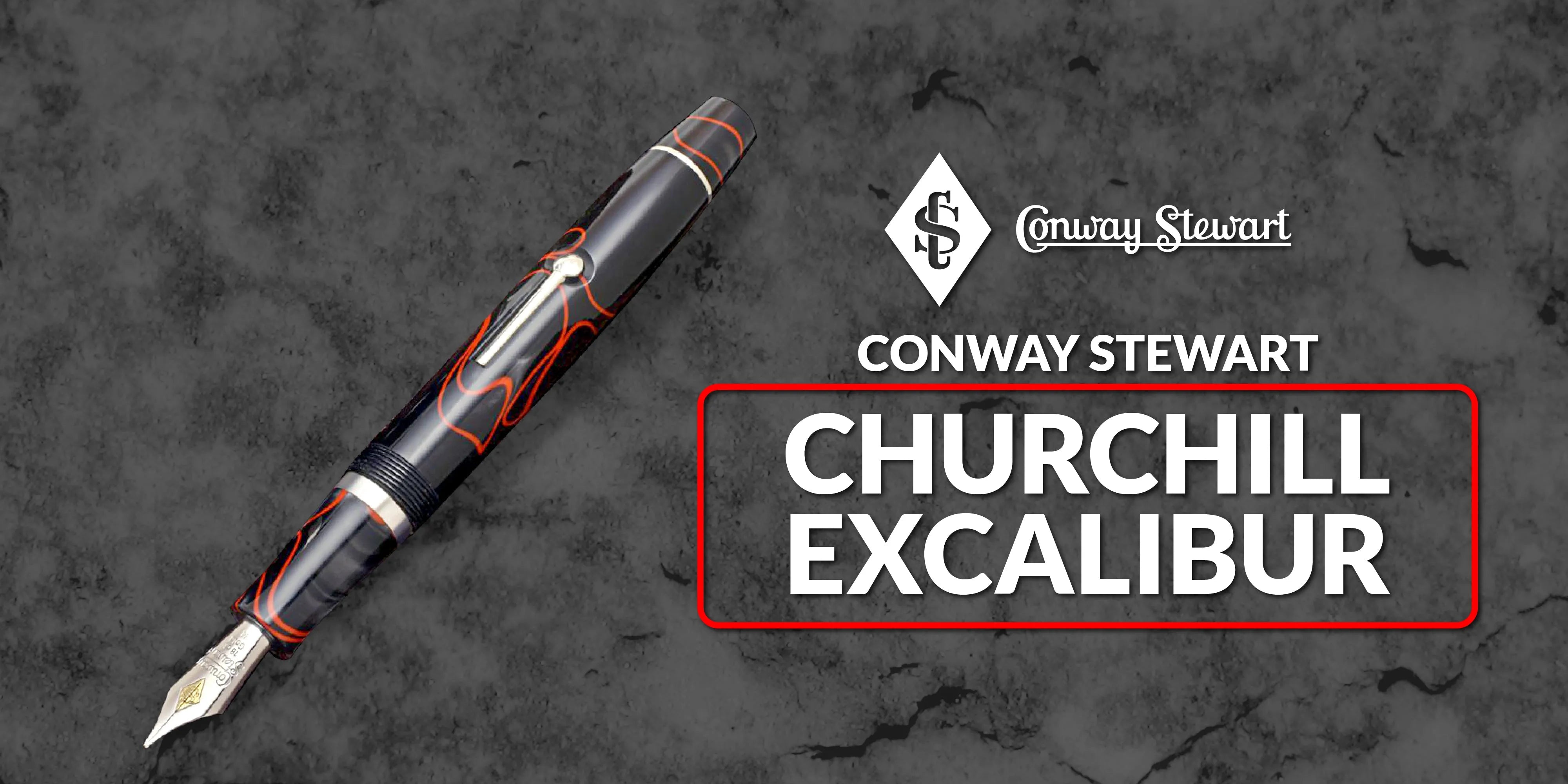


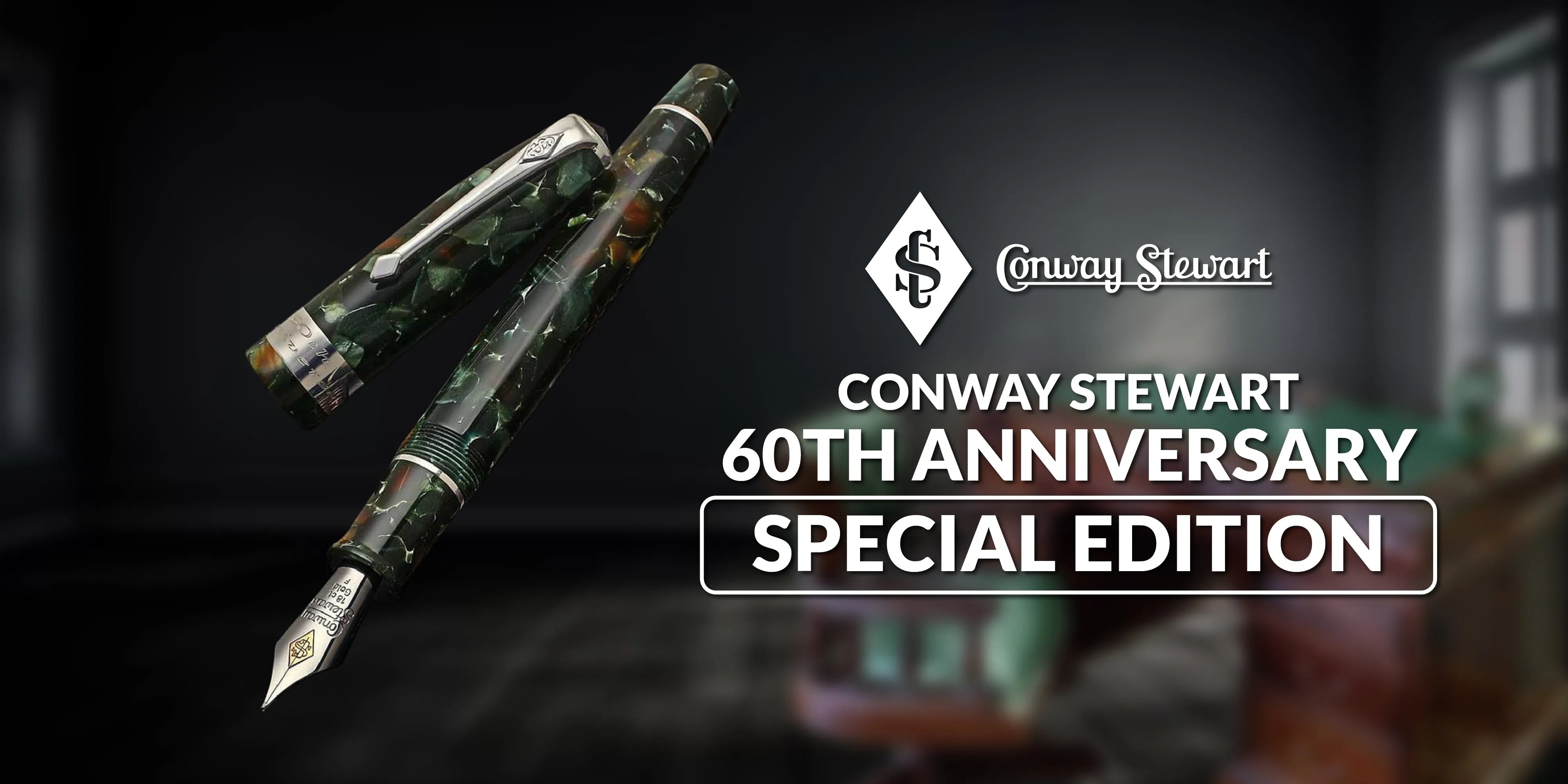
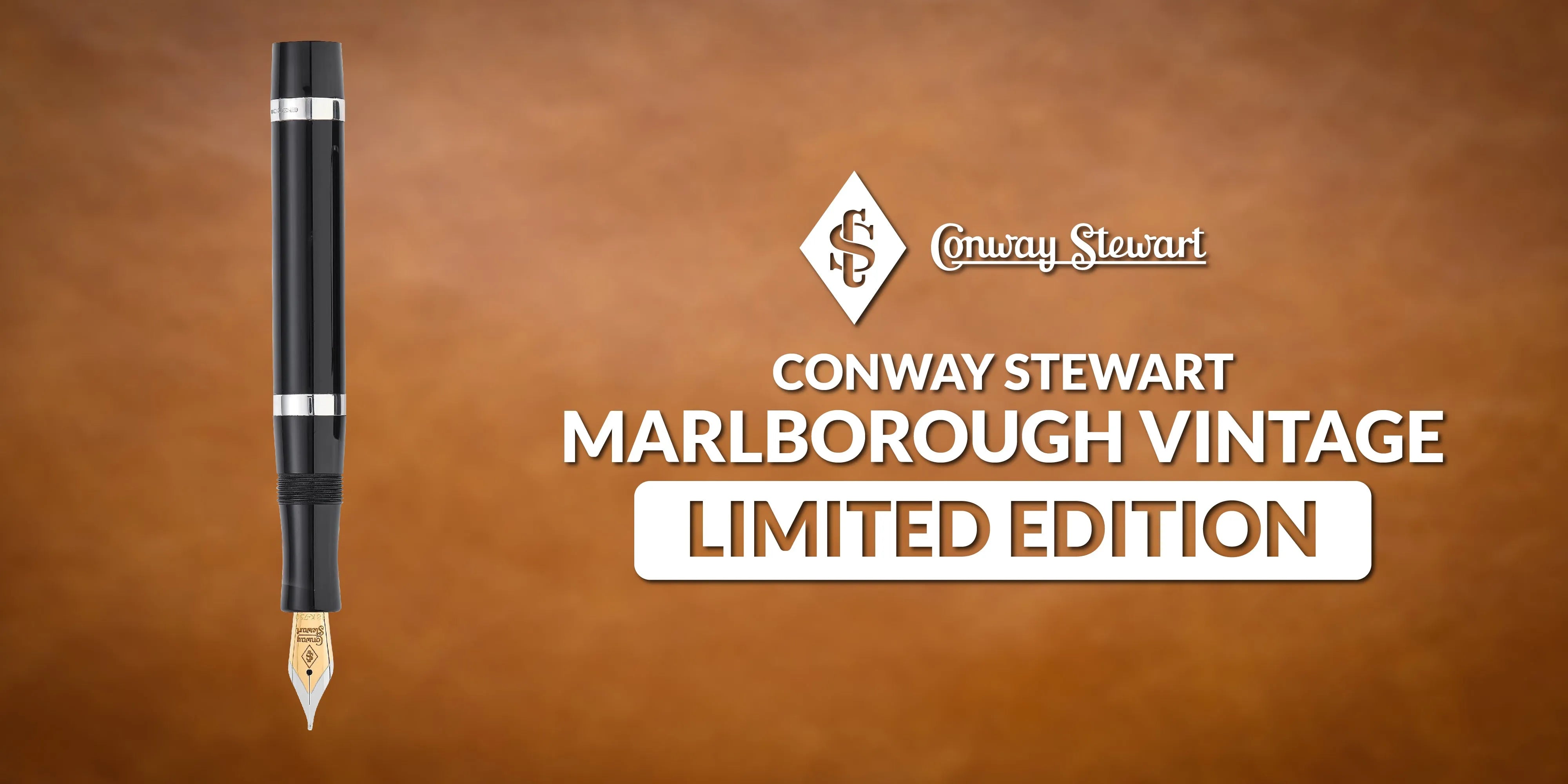
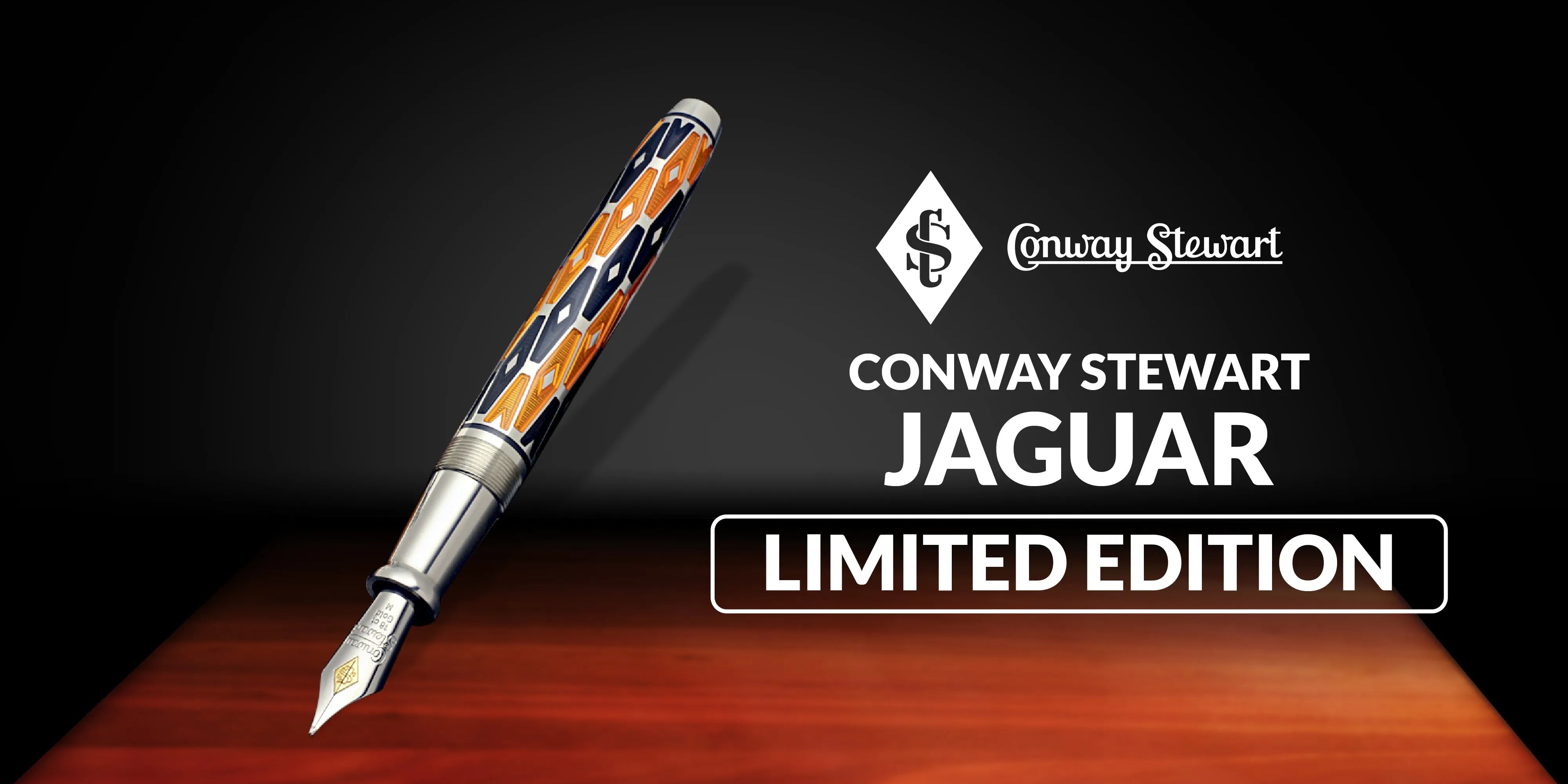
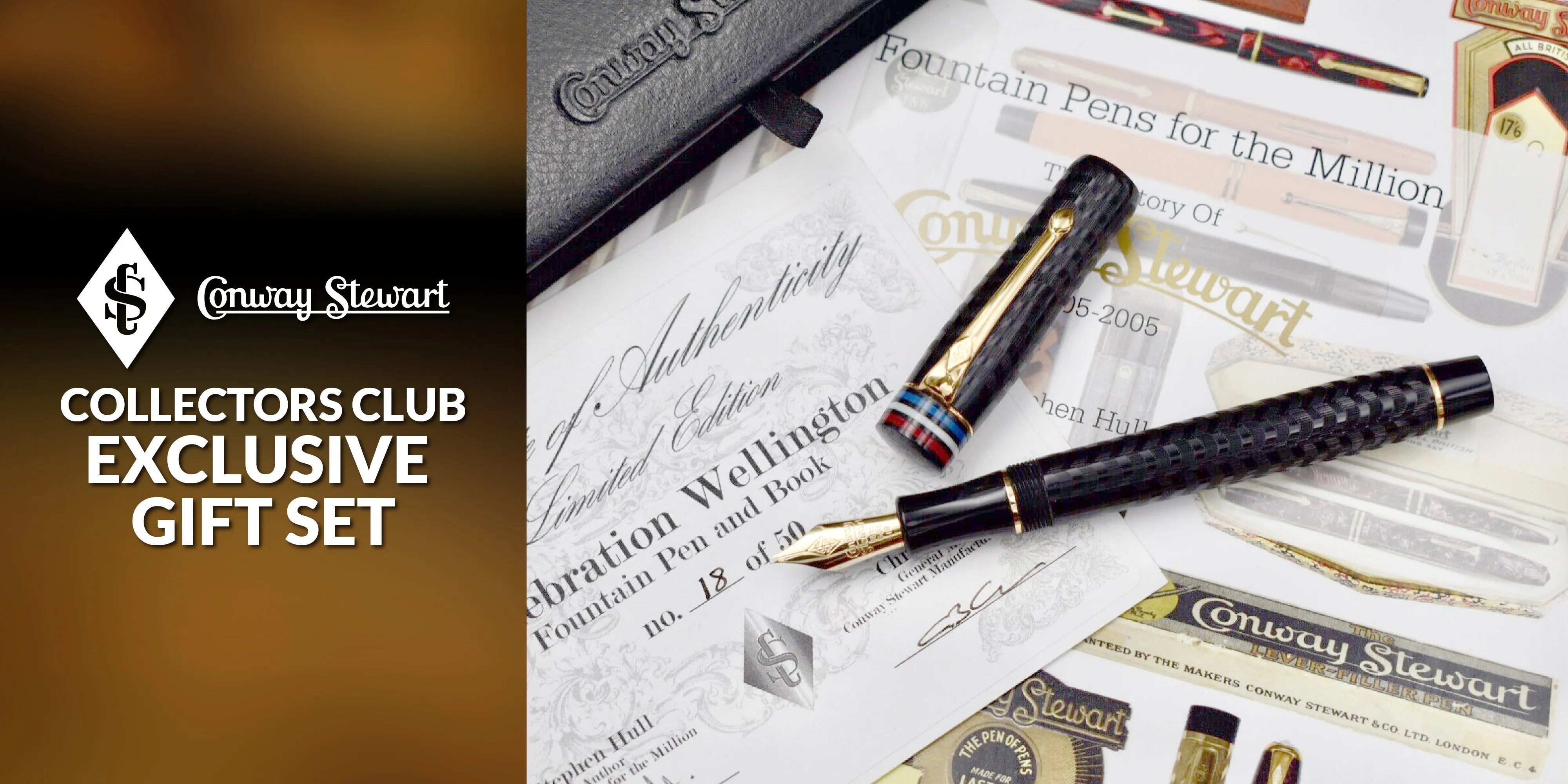

Leave a comment